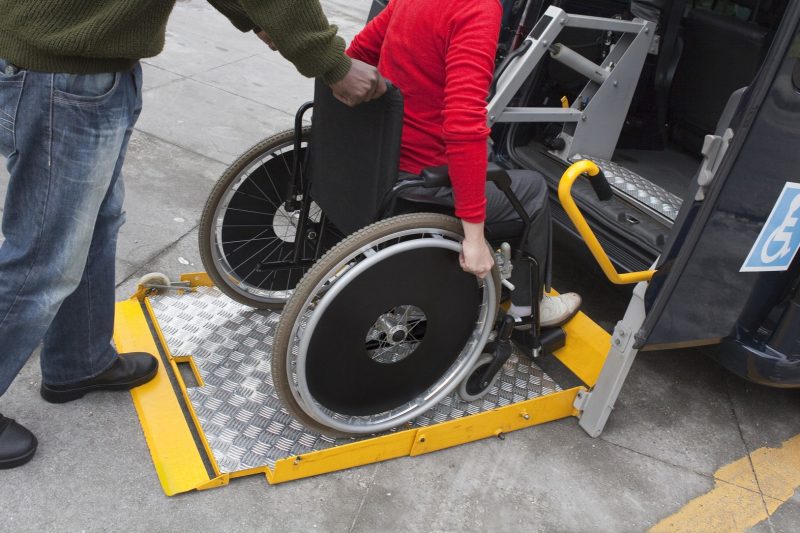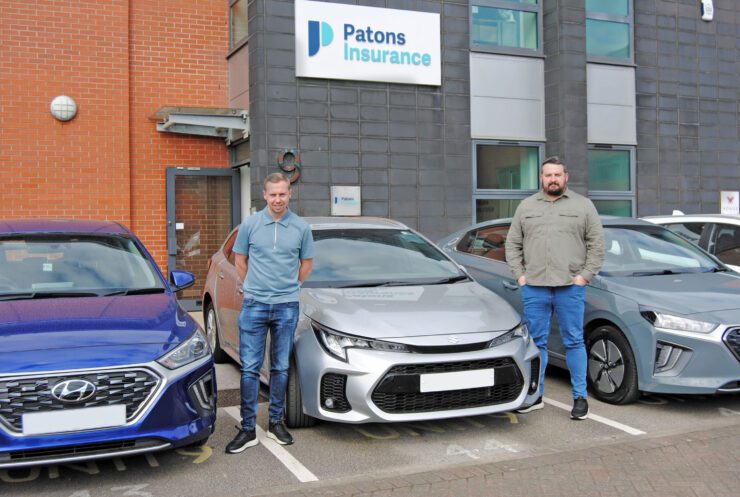Residents in Liverpool are being asked whether there are enough wheelchair-accessible taxis in the city, and what else the industry can do to meet their needs.
As previously mentioned by Patons Insurance, it is not just a case of simply having a vehicle big enough to accommodate a passenger who uses a wheelchair. It is important to focus on the passenger’s entire experience, from booking or hailing a cab, being able to access it, the journey itself, and being able to get out at their destination comfortably and with dignity.
Consultation
The Liverpool Express reports that Liverpool City Council is reviewing the current supply and demand for wheelchair-accessible vehicles, as well as any other adaptations or assistance that people using Hackney or private-hire vehicles may need. Rather than simply asking whether there is a shortage of WAVs in the city, the survey asks disabled passengers and their relatives or carers to anonymously share their experiences, and explain which parts of the service can be improved.
The council particularly wants to hear from parents and carers of children and young people with additional needs. Residents have until Monday, March 31, to complete the survey here.
The survey begins by asking respondents to identify any conditions or disabilities they may have, including mobility, hearing, vision, learning, mental health, communication or any long-standing health conditions.
They are then asked whether they require an assistance dog and use a wheelchair all of the time or some, or most of the time. They are also asked whether they use hearing or sight aids, walking sticks and crutches, and whether they require a chaperone/carer who is with them whenever they travel.
Wheelchair access
With regard to Hackney carriages, respondents are asked whether they need a full-wheelchair access vehicle and how many times a week they would require one. It goes on to ask what they would do if a WAV Hackney carriage wasn’t available – wait until one became available, call a private hire operator, call a friend or family member to ask for a lift, use public transport, or cancel their trip or appointment.
They are asked similar questions about the suitability and availability of private hire vehicles and how helpful drivers are with wheelchairs and any other aids.
As well as questions about their experiences with both Hackney carriages and PHVs, respondents are asked what changes they think might improve the situation for passengers with disabilities or other additional needs. This includes increasing the number of WAVs, improving disability awareness training for drivers and operators, better use of smartphone apps and more enforcement action taken by the council, with those breaching disability laws having their taxi badges revoked.
The availability of WAVs has been a long-running issue across the UK. In Bristol, all Hackney carriages must be a WAV by July, a move that has led some drivers to switch to private-hire work – or leave the trade altogether.
And in North Wales, drivers say rules which mean WAVs have to be seven-seaters with side access mean the only suitable vehicles are too expensive.
Taxi drivers in York expressed similar concerns about the affordability of suitable WAVs with drivers at the time saying there were only four second-hand vehicles available in England for less than £20,000.
Accessibility can be a difficult issue for taxi drivers and passengers alike, which is why it is important as many people as possible have their say and complete the survey. Then the council needs a true picture of the situation to determine the levels of demand and supply and overcome any issues that prevent passengers with disabilities from being able to get a cab or PHV whenever they require one and without feeling that the experience is an ordeal.


